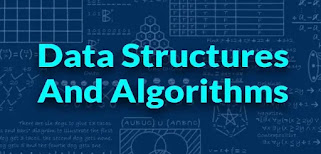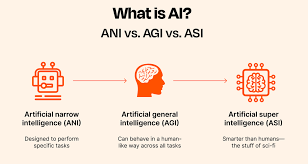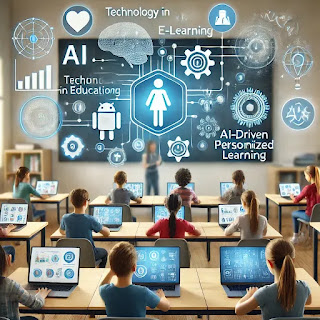Why Data Structures and Algorithms (DSA) Matter in Programming

Introduction Data Structures and Algorithms (DSA) form the foundation of computer science and programming. Mastering DSA is essential for solving complex problems efficiently, making it a crucial skill for developers and computer scientists. What Are Data Structures? Data structures organize and store data in ways that optimize various operations. Examples include arrays, linked lists, stacks, and trees. Each structure has unique properties suited for different tasks, making it easier to manage and manipulate data. Importance of Algorithms Algorithms are step-by-step instructions for solving specific problems. Whether it's searching, sorting, or optimizing data, algorithms help us perform operations efficiently. They are essential for tasks like finding the shortest path in navigation apps or organizing search engine results. Why DSA Skills Are Crucial Understanding DSA enables developers to write optimized code, reducing memory usage and processing time. This skill is highly val...



